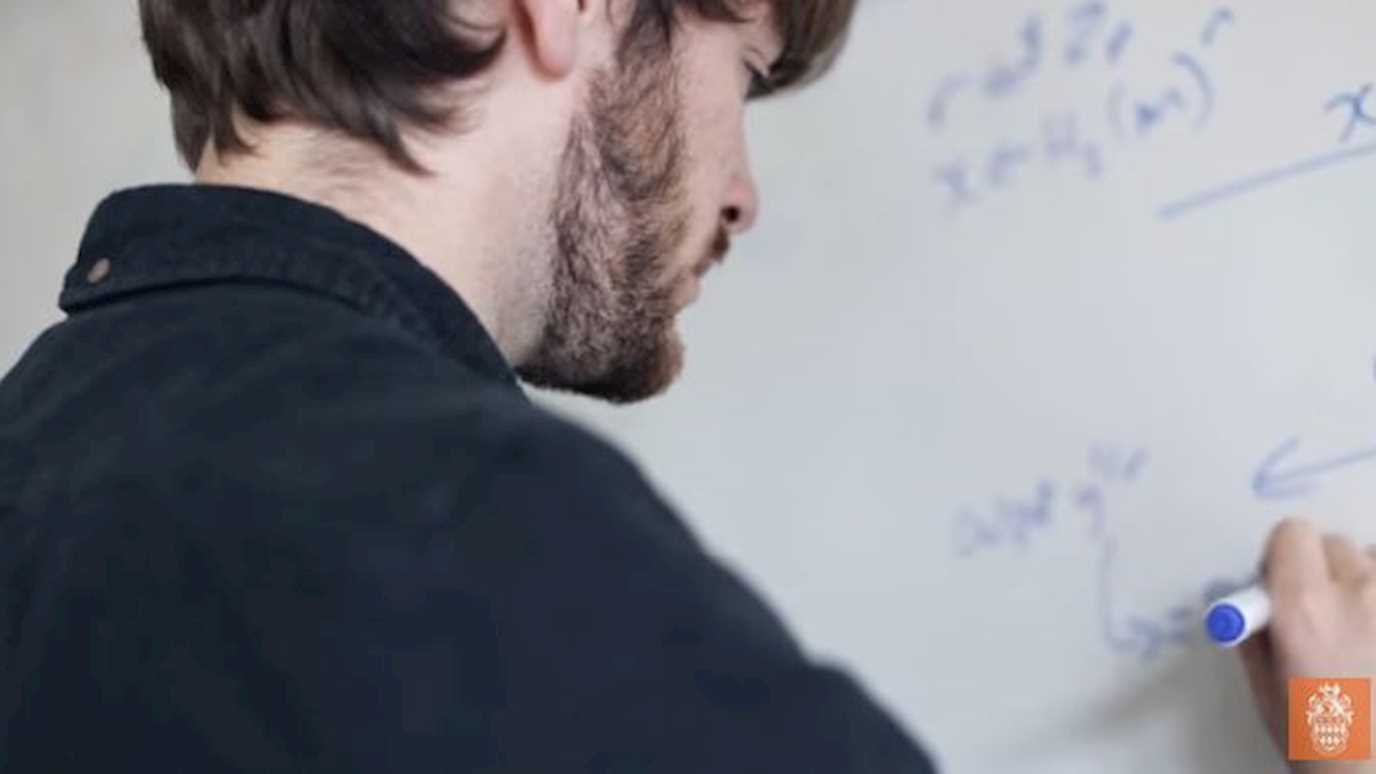About
One of the strengths of the Cryptography Group at Royal Holloway is to design and formally analyse the security of a variety of cryptographic primitive. This is typically done within the framework of provable security, a modern cryptography approach which allows to reason about the security guarantees of a scheme or protocol using formal definitions and rigorous proofs. Our expertise in this area includes design and analysis of public-key encryption primitives, both basic and advanced, digital signature schemes and their variants. We focus on finding constructions with minimal assumptions, with maximal possible security.
Outputs
- Chvojka P, Jager T, Kakvi SA. Offline Witness Encryption with Semi-adaptive Security. ACNS (1) 2020: 231-250.
- Blazy O, Kakvi SA. Skipping the q in Group Signatures. INDOCRYPT 2020: 553-575.
- Kakvi SA. SoK: Comparison of the Security of Real World RSA Hash-and-Sign Signatures. SSR 2020: 91-113
- Kakvi SA: On the Security of RSA-PSS in the Wild. SSR 2019: 23-34
- Liu J, Jager T, Kakvi SA, Warinschi B. How to build time-lock encryption. Des. Codes Cryptogr. 86(11): 2549-2586 (2018)
- Jager T, Kakvi SA, May A. On the Security of the PKCS#1 v1.5 Signature Scheme. CCS 2018: 1195-1208
- Blazy O, Kakvi SA, Kiltz E, Pan J. Tightly-Secure Signatures from Chameleon Hash Functions. Public Key Cryptography 2015: 256-279
- Kakvi SA, Kiltz E, May A. Certifying RSA. ASIACRYPT 2012: 404-414
- Kakvi SA, Kiltz E. Optimal Security Proofs for Full Domain Hash, Revisited. EUROCRYPT 2012: 537-553

























